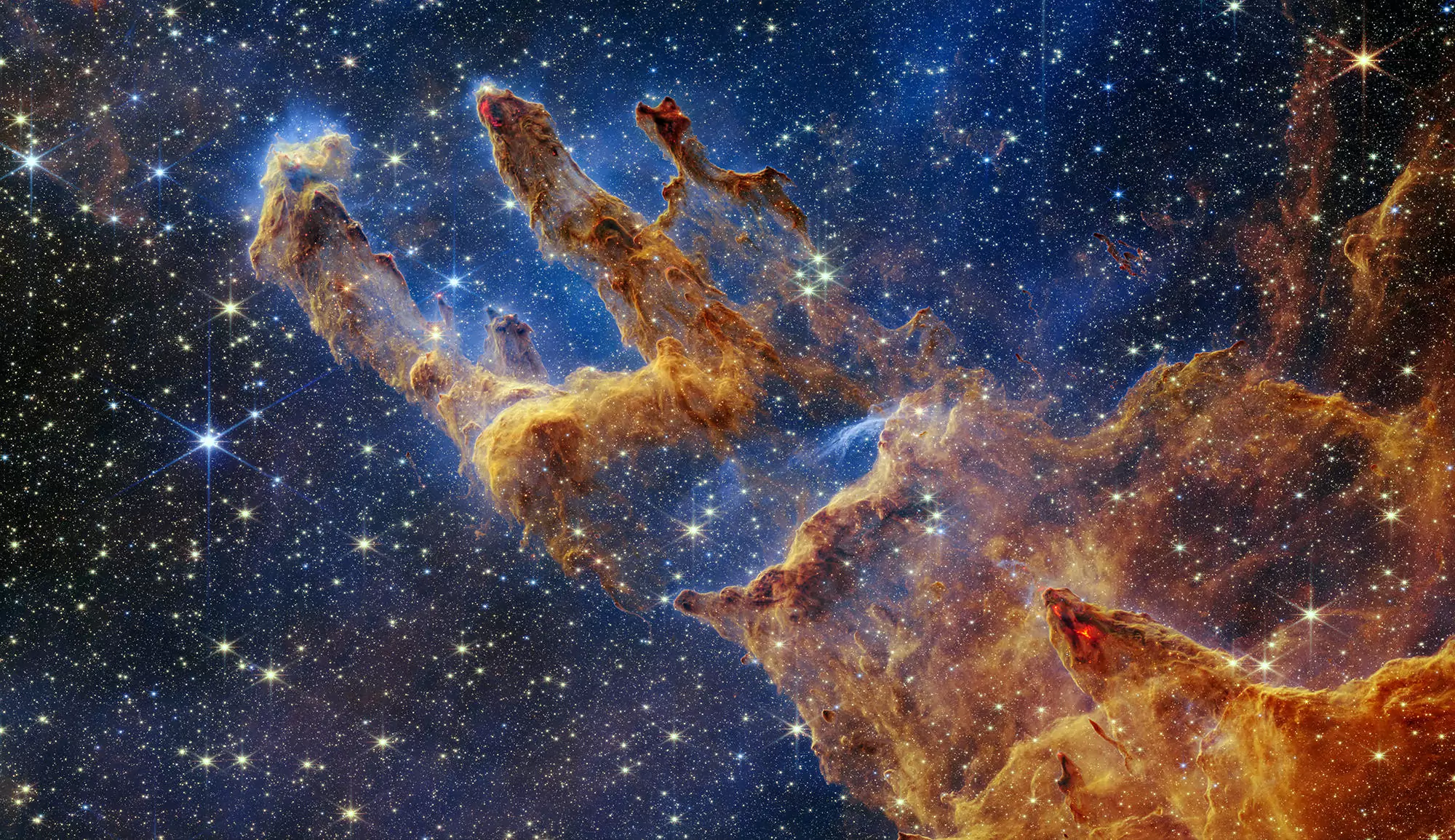Occurring with a periodicity of one year and forty-eight days, this phenomenon is not rare. Two conditions determine its occurrence:
* there must be a full Moon;
* and it must be as close as possible to its perigee, that point where
the Earth-Moon distance is smallest.
On November 14th 2016, at exactly 12h21 French civil time, the Moon will be at perigee, 356 509 km away. The full Moon will occur at 14h52 (French civil time).

The Moon can seem larger than usual, with an apparent diameter of at most 33,5986’.
The Moon will nevertheless not seem to be any brighter. It turns out that the brightness of the Moon also depends on other factors, and in particular on the Earth-Sun distance and on the position of the Moon with respect to the Earth-Sun direction.

Observable starting 18h30
It is clear that on November 14th 2016 at 12h21 , the Moon will not be observable from metropolitan France.
The best time to observe the Moon at its closest position to this perigee will be just after it has risen.
The Moon will rise at 17h42 but one will have to wait a while to be able to observe it comfortably, say after 18h30. It will still be close to the horizon, and in fact its observation will be helped by the lunar illusion effect, which makes it look bigger because it is seen juxtaposed with various items on the horizon.
Its distance from the Earth will then be 356 599 km. It can be observed all night, but preferably at the start of the night until midnight when its distance will be 356 709 km.
Other notable super Moons…
Note that the last record super Moon dates from January 26th 1948 at which time its distance from the Earth was 356 461 km.
The next one will take place on November 25th 2034 with a still smaller Earth-Moon distance of 356 445 km.
The super Moons for which the lunar distance is smaller than 356 400 km are sometimes referred to as ultimate super Moons. There have been less than about twenty of them since the start of the Christian era.
During the period 1000-2100, the ultimate record super Moon took place on January 4th 1912, when its distance from the Earth was 356 375 km.
We have to go as far back as December 19th 796 to have a still smaller Earth-Moon distance, 356 355 km in point of fact. Full Moon then occurred just 40 min after lunar perigee. These ultimate Moons
